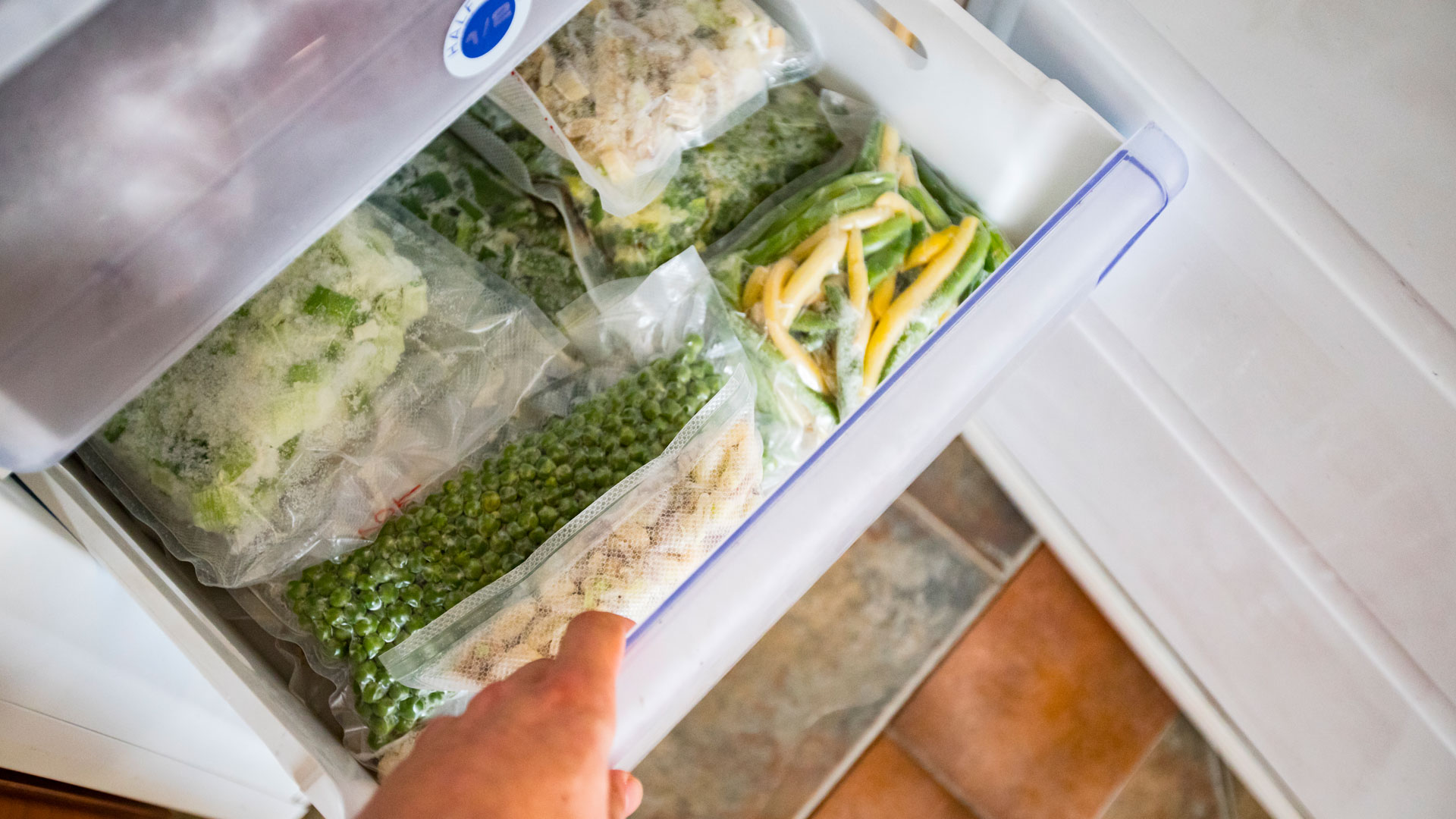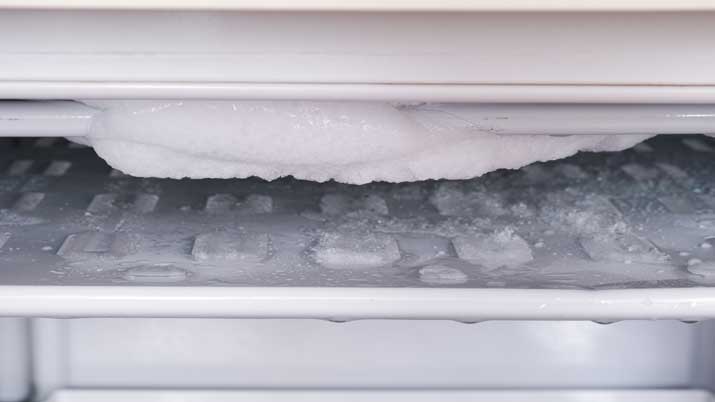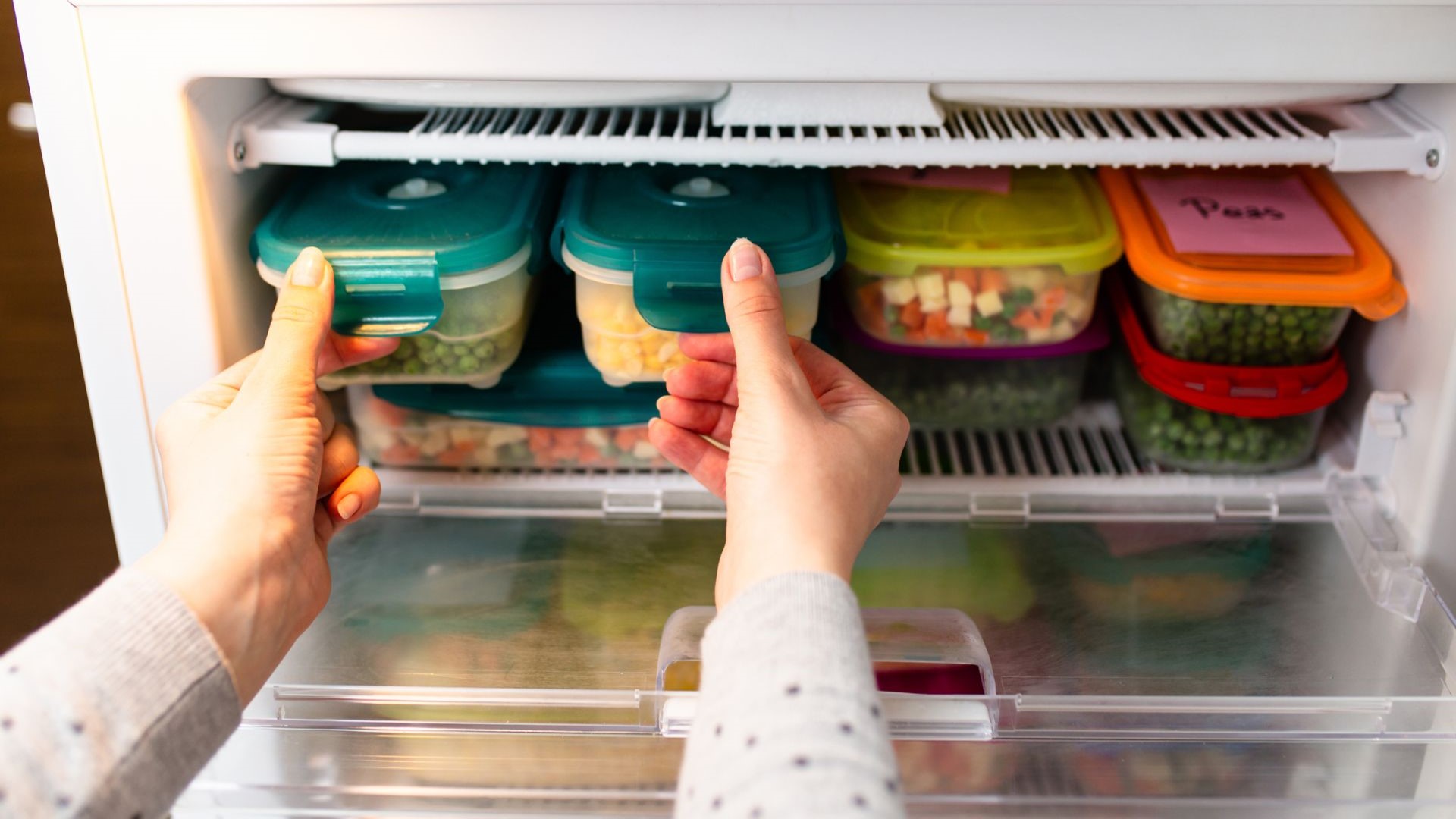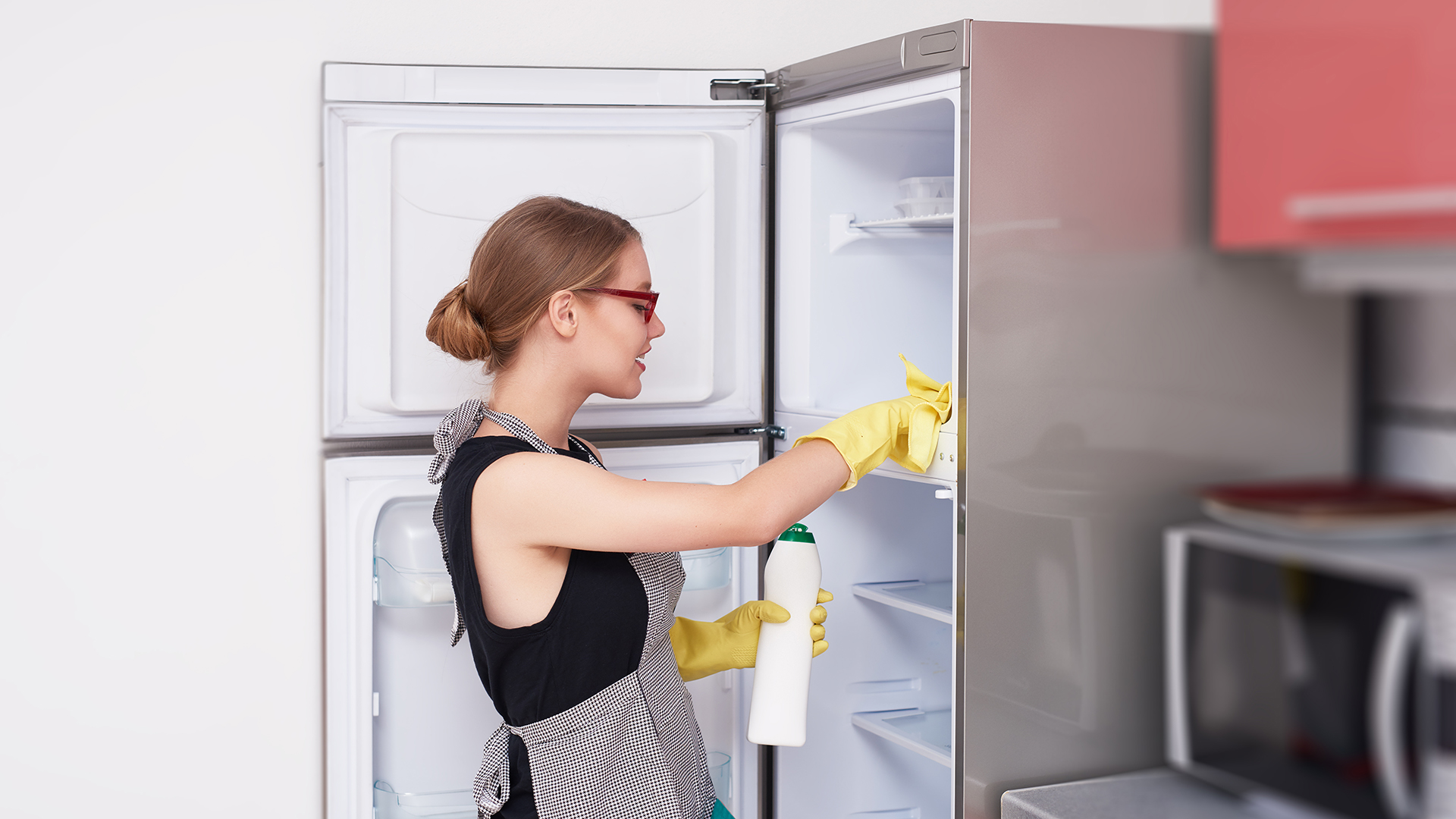
If you know how to defrost a freezer then you know how provide the best possible maintenance for your freezer, and how you can limit food waste by storing it correctly.
A build-up of ice can decrease the overall efficiency of your freezer, and can even cause it to use more energy - this is bad for your wallet and for the environment. Even the best freezers can build up ice over time. While it’s completely natural (after all, it’s designed to keep everything inside it frozen!) it can negatively impact your freezer's health over time. If ice builds up too much, it can make accessing your freezer drawers tricky and take away valuable freezer space.
In this guide, we’ve got everything you need to know about how to defrost a freezer, some tips to speed up the process and how to do it safely without damaging your frozen food. It would then (also) be worth reading up what temperature a freezer should be, to ensure that your frozen foods remain safe.
How to defrost a freezer
We’ve got the process lined up for you right here. There are five key steps on defrosting a freezer, but we’ve also included tips and tricks along the way to make the process a little easier.
1. Switch off your freezer
Empty out your freezer before defrosting it. Ideally, you can place your frozen food in a chest freezer to prevent it from thawing, but failing that, pick up one of the best mini fridges, or even an insulated freezer bag to keep things from defrosting too much.
When it’s empty, switch the freezer off.
Top tip: One way to make this easier is to plan ahead when defrosting the freezer. Don’t defrost when you’ve recently done your grocery shopping. Instead, wait until your freezer supply is running low. This will make unpacking and reloading it easier, and it will also make storing the contents of your freezer easier.

2. Take out the removable drawers
Remove the freezer drawers and place them in your sink or, if there isn’t space, on some towels. This will allow any frostiness inside or on the exterior of your drawers and ice shelves to melt away, and it will also speed along the melting process for the interior of your freezer.
3. Prepare your space
There are a few steps you can take to make the defrosting process a little easier. The most important one is to lay down towels and old newspapers to catch the water that drips from the open door and interior of the freezer. You may be surprised at how much water will fall off from the freezer, so check in as it defrosts to top up on fresh towels.
Top tip: If a buildup of ice is becoming an issue, it could be tempting to take a hairdryer to it and take the edge of it. In actuality, this can make the ice much worse, because the water you melt will solidify, and in a much harder form this time. The only way to remove ice build-up is to do it fully, so don't ever do a half-job of defrosting your freezer.

4. Speed along the process
While there is nothing wrong with allowing your freezer to defrost on its own, there are a few safe ways to speed the process along. One option is to place a bowl of hot water inside the freezer. This will warm up the surrounding area, and the steam will loosen frozen-on blocks of ice.
If you follow this method you should switch out the hot water every half an hour or so. Ideally, as soon as the water is fully cold again.
Another way to speed along the process is to take one of the best space heaters in front of the freezer. Don't put it too close, because you don’t want to speed the process along too dramatically and potentially damage the internal workings. Switch it onto the lower settings and at a safe enough distance to warm it evenly.
Top tip: Do not use anything sharp or abrasive to help clean or defrost the inside of your freezer. It can be tempting, but taking a knife to the inside of your freezer could potentially damage its inner workings and even make it unsafe.

5. Clean your freezer
Once it’s fully defrosted, you’ve got the perfect opportunity to figure out how to clean a freezer. First, sweep out any puddles of melted ice from the inside of the freezer, and then take a mixture of vinegar and baking soda and use it to lightly rub any marks from the inside of the shelves. It’s best to use these natural cleaning agents over a chemical cleaner. That’s because you’re cleaning the area around your frozen food, so you don’t want to accidentally ingest any nasty chemicals.
If your freezer drawers are dishwasher-safe, give them a quick clean in your dishwasher. If not, take the same sponge and cleaning mixture you used on the inside of the freezer to lightly remove surface build-up.
Make sure the inside of the freezer is fully dry and clean before adding the drawers back in. Then, close the door, switch it back on, and allow it to come back to your desired temperature before following our top-tips on how to organize a freezer to keep your food safe.
How often should you defrost a freezer?
Your freezer does not need to be defrosted in order to keep it running properly, but it does build up ice and germs over time, so it’s always a good idea to do it every now and again. According to Whirlpool, you should do it at least annually, but if your ice buildup is more than a quarter-inch thick, it’s a good idea to defrost it.
How to prevent ice from building up in your freezer
There are a few simple steps that you can take to prevent ice from building up in a freezer to cut down on how frequently you need to defrost it.
Don't overfill a freezer
If you overfill freezer draws, it can restrict airflow and hinder the freezer's ability to maintain a consistent temperature. Make sure you leave enough space between items to allow good circulation.
Check the door seal
If the door seal on your freezer is faulty, it may be letting warm air into your freezer leading to condensation and ice buildup.
Use Airtight Containers
Store any food items or ingredients in airtight containers or sealed food bags to prevent moisture from escaping and circulating inside the freezer. Moisture from food can lead to condensation and an increase in ice crystals inside the drawers.
Avoid warm food
It is best to let food cool completely or even refrigerate it before placing it inside a freezer. Warm food will create a lot of condensation that can freeze into ice crystals, leading to more of a need for defrosting.
Keep your freezer clean
Food debris on the inside of your freezer can restrict airflow and create an environment that leads to more frost accumulating around your freezer. Regularly cleaning the inside will prevent this.







